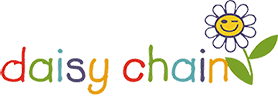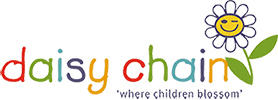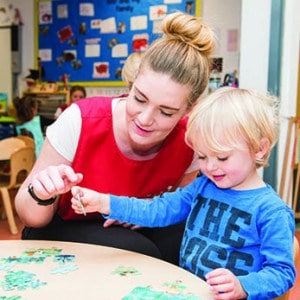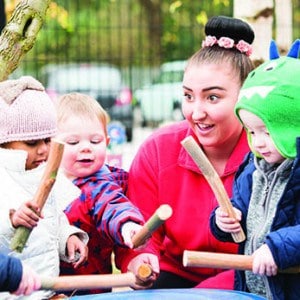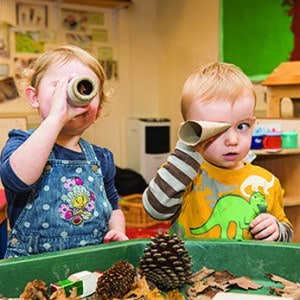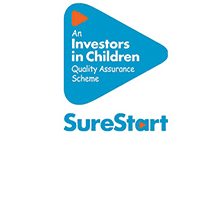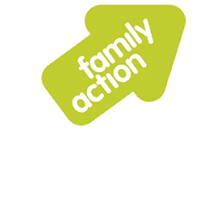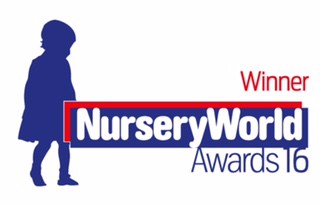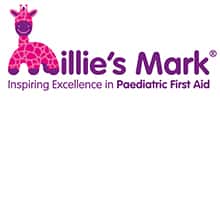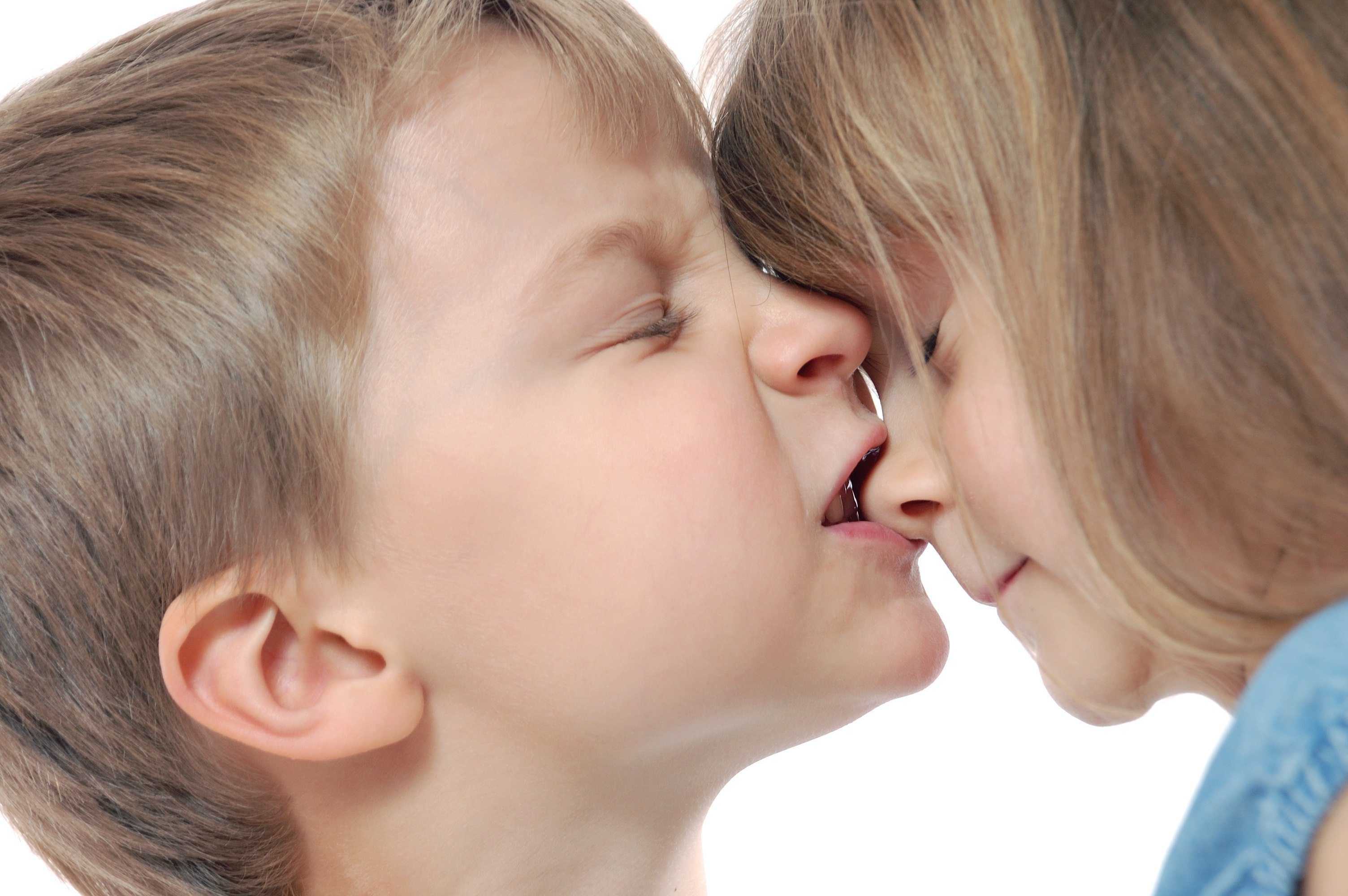
12 Mar Why do some children bite and what can parents do to help?
Why do some children bite?
All parents experience challenging and negative behaviour to some degree from their children at some time. It is perfectly natural and normal.
Some parents are very lucky and only experience mild tantrums and screaming, while other parents have to deal with full-blown tantrums, screaming, kicking, pulling hair, nipping, scratching, kicking, hitting and biting! As adults we can’t help ourselves, we find biting to be animalistic and therefore something we don’t want our children to do or be a victim of. Plus we know it really hurts.
Children are highly complex little beings who do not always have the ability to communicate their feelings or their needs effectively. This can lead to loud outbursts in behaviour and demonstrations of physically aggressive behaviour, all of which is perfectly normal in young children.
The frontal lobe is the part of the brain that enables us as adults to have clearly defined thoughts and intentions, as well as destructive ones. From the first year, young babies’ and small children’s brains are still developing. This means that negative behaviour and tantrums are not them being deliberately disobedient or manipulative, they are just being a normal, healthy, inquisitive boisterous little being.
Children are very clever, they soon realise what action gets the best adult response, and attention and biting works every time.
Why do children bite?
Teething, oral motor development, sensory exploration, learning cause and effect, spatial awareness, emerging autonomy, expressive language development, excitement, frustration, tiredness and hunger, learnt or imitated behaviour, needing attention and getting an adult reaction are all possible reasons.
Biting is very common in young children, particularly in toddlers who are teething. Many parents feel embarrassed and angry or upset but, as said, this is a very common behaviour in very young toddlers, it may just be their way of communicating. When children can’t use words to describe how they feel, they use actions. Biting may be their way of showing that they are upset, angry scared or just curious. Putting things in their mouth is a natural way for a child to investigate strange objects as they haven’t yet learnt that not everything is for biting. Usually children grow out of biting by the age of four.
Most toddlers bite for a reason, whether it is due to lack of communication skills, oral sensory issues, frustration or fatigue, but it is up to us as adults to find the cause and put in place an action plan to help the child get past it. This includes having consistent boundaries, consequences and responses.
How can I help to stop my child biting?
Children need to know and learn in a way that they can understand that biting anyone young or old is not acceptable.
- Always attend to the victim first, the biter should not receive immediate attention as this could be part of the intention around the biting. The biter may benefit from observing kindness and empathy being shown to the injured child.
- Do deal with the incident immediately. Any action taken needs to be done straight away. If not, the child will not make the connection between your action and the bite. So for example, encourage the biter to perhaps help with caring for the bitten child by holding the cold compress over the bite, that way you can also point out the teeth marks and any redness or bruising.
- Do distract the child. When a situation occurs where a child may bite, distracting them with a toy or moving them away can be enough to discourage them.
- Do give them time to calm down. This helps the child to learn that biting is unacceptable by removing them from the activity.
- Do praise the good behaviour in the child when they do something kind or find more acceptable ways to solve disputes. This encourages the child to develop valuable social skills and acceptable problem solving strategies.
- If you have a biter, try using this sentence every time: “No biting, biting hurts, no biting.”
- Do work with the nursery staff. A consistent approach is essential. Speak to the nursery staff to ensure that all parties are dealing with this behaviour in the same effective way, to enable a positive outcome.
- Do talk to your child. There are a number of children’s books about biting, which you can read to your child to teach them that biting is wrong and to encourage more acceptable behaviour. You can arrange with staff to borrow these from the nursery.
- Try describing your children’s feelings for them, give them the words that they can’t express. You can start with the four basics: happy, sad, angry and scared. This will help them to express themselves better as they become older.
- Put into words what you guess your child might be thinking: “Tanya, do you want to have a turn on the tricycle? You can ask Henry, Can I have a turn now?”
- Help your child express his or her feelings in appropriate ways. If your child is really angry, you can say: “Max, you are so mad! You are really, really angry.” Then suggest a way to deal with these feelings: Making angry lion faces and growling, ripping up newspapers, punching the couch cushions, banging a drum, jumping up and down—whatever is acceptable to you.
- Reinforce your child when he or she uses words to share his feelings: “You asked me for a turn blowing bubbles instead of grabbing them. Great job. Here you go.”
- Give your child age-appropriate choices, for example, about what to wear or who to play with. Having choices gives children a sense of control and can reduce biting.
- Consider a speech-language assessment if you think your child’s verbal skills might be delayed.
- Try to identify the triggers and intercede before the biting happens. Sit down next to them and talk calmly and gently, some children prefer this to being held. Is it happening at the same time of day i.e. before mealtime or nap time (are they hungry or tired?)
- Try not to take the biting as personal.
- Don’t label a child “a biter” and don’t blame them.
- Stop all forms of “play biting” at home. Sometimes nibbling at fingers and toes can give the wrong message to children and they may try this with other children but instead bite them.
- Visit the dentist, sometimes biting can be associated with dental pain rather than behaviour.
Don’t bite the child back. This will confuse them and make them think biting is acceptable. Remember you are their role models and whatever you do, they will copy.
- Don’t take comforts away too early. Sometimes taking comforts away too soon before the child is emotionally ready can have a negative effect. It is better to reduce the time the child has with a comfort than to go suddenly cold turkey.
- Don’t use long, complicated sentences. Keep responses simple and always the same. For younger children, a firm “No biting!” may be enough while older children can be given an explanation, e.g. “Don’t bite people, it hurts them.”
Activities to try at home to promote positive behaviour, communication and the thinking side of the brain.
- Have a box of reclaimed and natural materials, e.g. pine cones, cardboard tubes, pebbles, fabrics, wrapping paper, feathers etc. – these items are great for sorting into textures, colours and size,developing hand-eye coordination, introducing language, stimulating imagination and encouraging sensory development. They also encourage babies and children to use the right side of their brain, which is for thinking. There is no specific end result when playing with these resources, plus it doesn’t matter if they are broken as they can be replaced.
- Sand boxes or small sand trays, add whatever objects you like but be sure that you are sitting with your children and talking to them, explaining, describing and narrating what they are doing. This activity allows children to be independently creative and to express themselves without there being an end product.
- A bucket of water and some large paint brushes/rollers, let them paint outside the walls, the fence, the path, the shed. Again, these are great for hand-eye coordination and gross motor skills, plus the children will burn off excess energy whilst focusing on a fun activity.
- Use small mirrors to look into together, pull funny faces, sad faces, happy faces, cross faces, describe the expressions to your children, you are giving them the words to name how they may be feeling at times.
- Blowing bubbles, it’s a great distraction and good fun.
Books available for help and advice include:
- Teeth are Not for Biting by Elizabeth Verdick
- No Fighting, No Biting! by Else Holmelund Minarik
- No Biting, Puma by Jeanne Willis and Mark Birchall
- No Biting! by Karen Katz
- Sharing Time by Elizabeth Verdick
- I’m Not Happy by Sue Graves
- What Every Parent Needs to Know by Margot Sunderland
- Making the Most of Reclaimed and Natural Materials by Linda Thornton and Pat Brunton
Songs to play to your child:
- Don’t Bite Your Friends – Yo Gabba Gabba!
